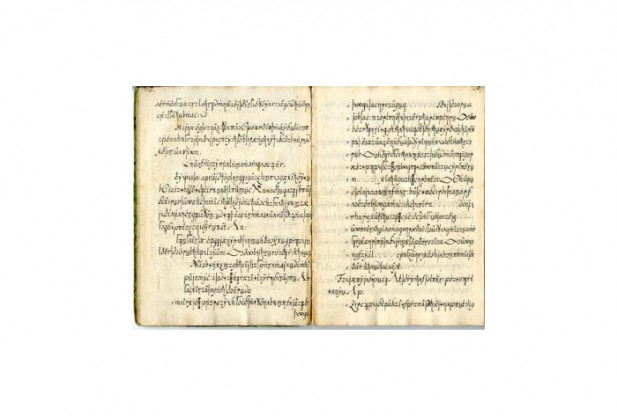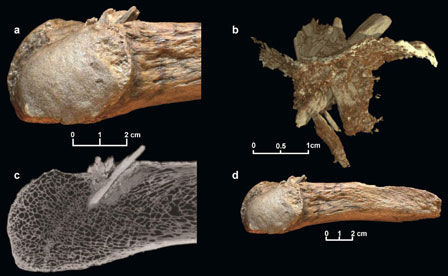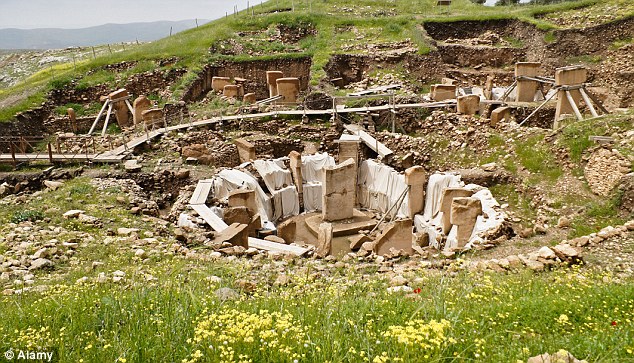
The manuscript seems straight out of fiction: a strange handwritten message in abstract symbols and Roman letters meticulously covering 105 yellowing pages, hidden in the depths of an academic archive.
Now, more than three centuries after it was devised, the 75,000-character "Copiale Cipher" has finally been broken.
The mysterious cryptogram, bound in gold and green brocade paper, reveals the rituals and political leanings of a 18th-century secret society in Germany. The rituals detailed in the document indicate the secret society had a fascination with eye surgery and ophthalmology, though it seems members of the secret society were not themselves eye doctors.
"This opens up a window for people who study the history of ideas and the history of secret societies," said computer scientist Kevin Knight of the USC Viterbi School of Engineering, part of the international team that finally cracked the Copiale Cipher. "Historians believe that secret societies have had a role in revolutions, but all that is yet to be worked out, and a big part of the reason is because so many documents are enciphered."
To break the Copiale Cipher, Knight and colleagues Beáta Megyesi and Christiane Schaefer of Uppsala University in Sweden tracked down the original manuscript, which was found in the East Berlin Academy after the Cold War and is now in a private collection. They then transcribed a machine-readable version of the text, using a computer program created by Knight to help quantify the co-occurrences of certain symbols and other patterns.











